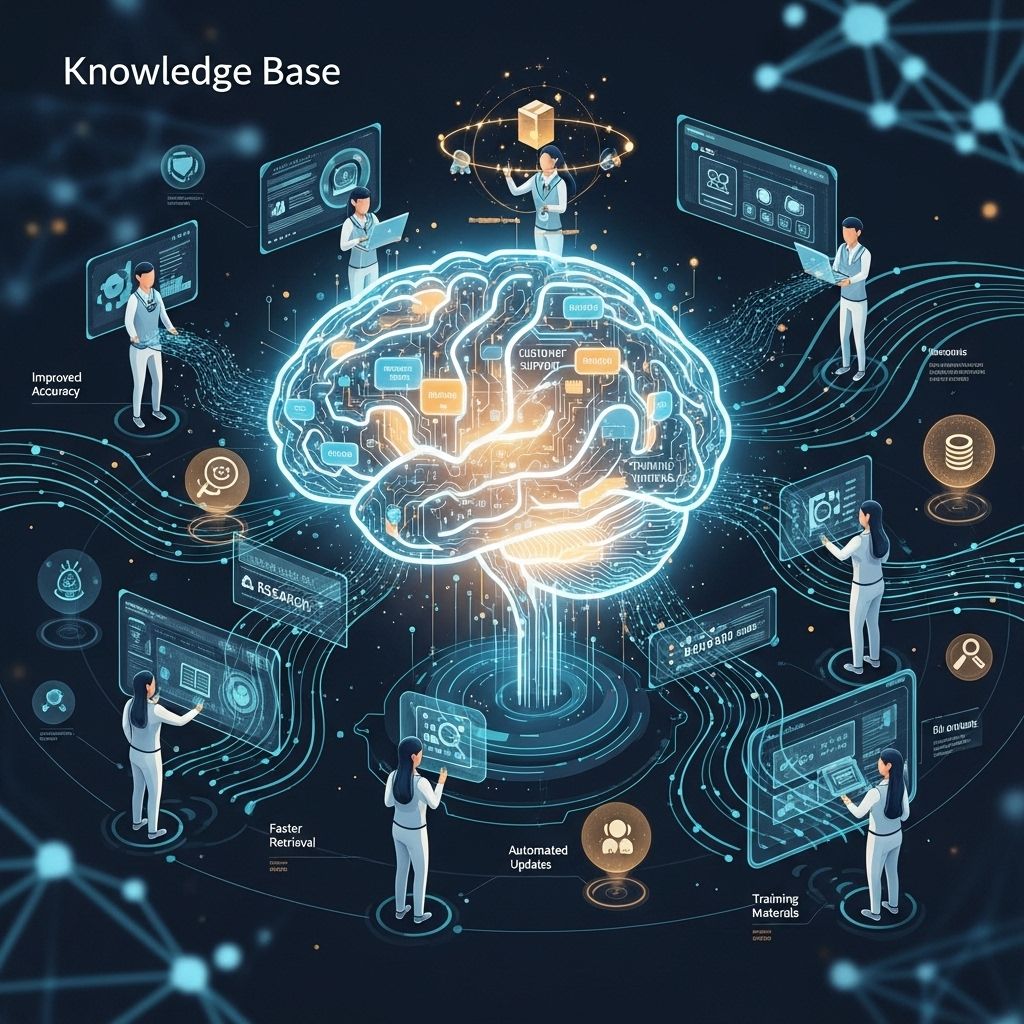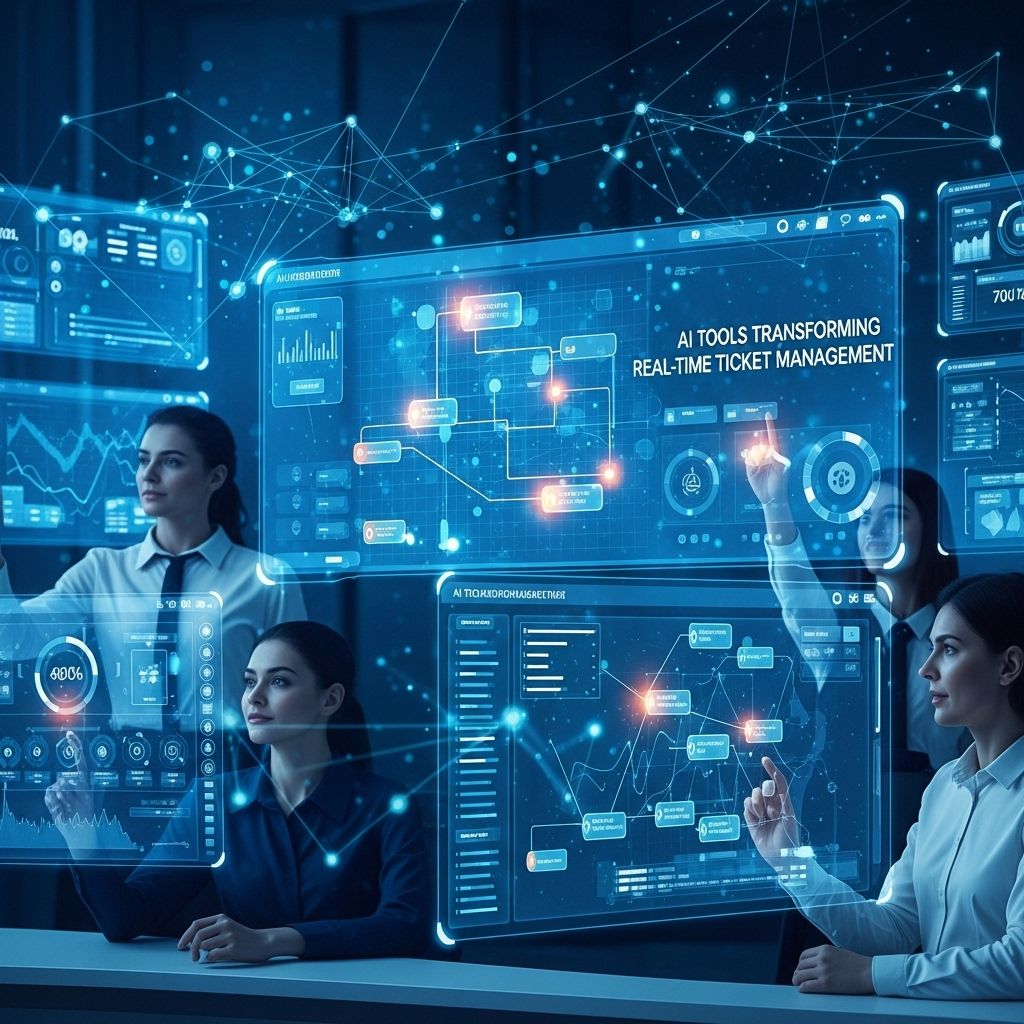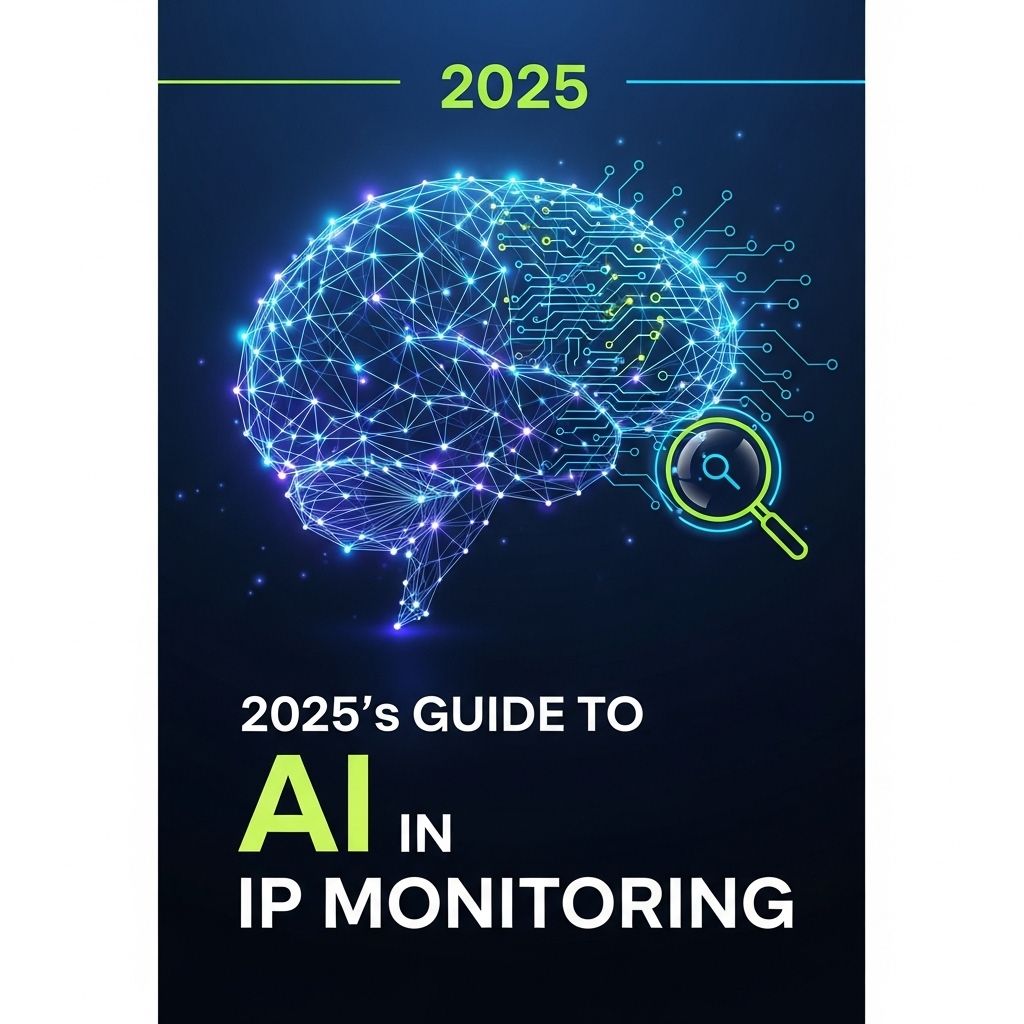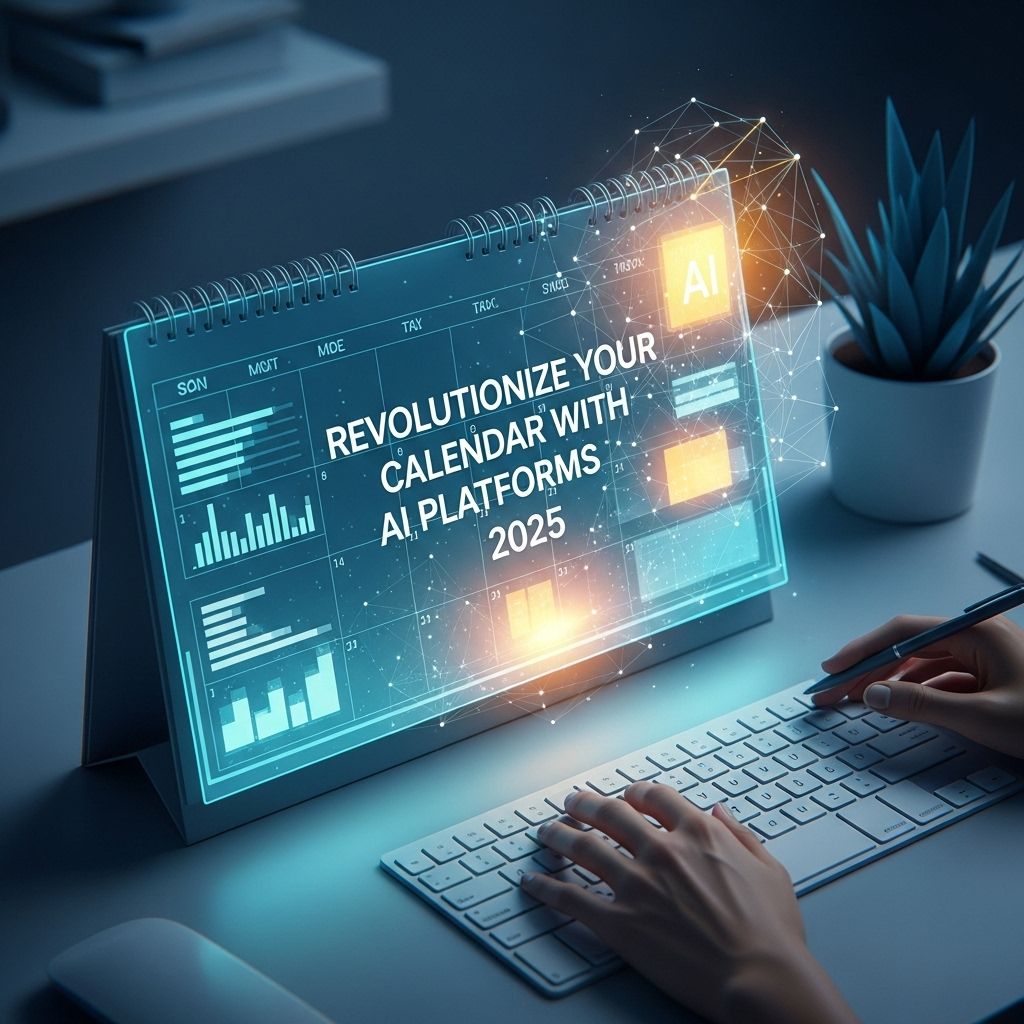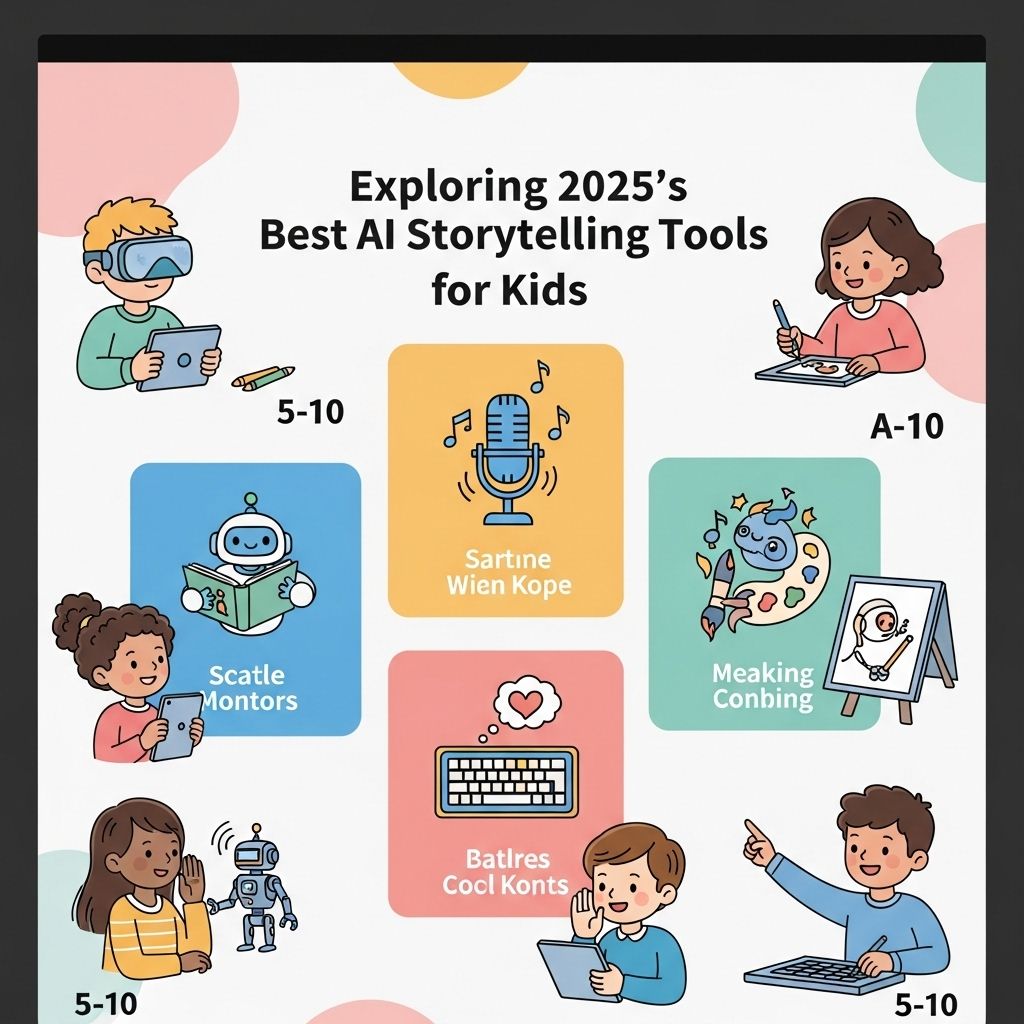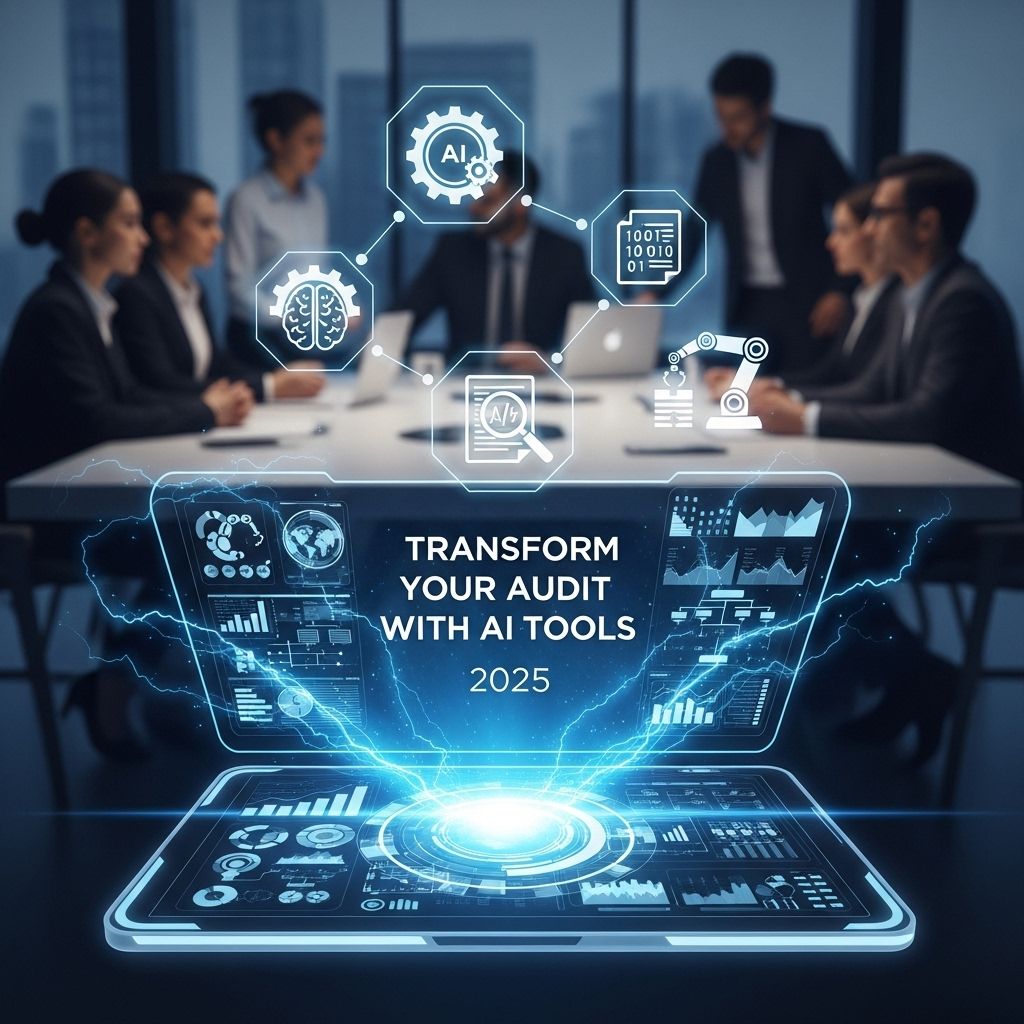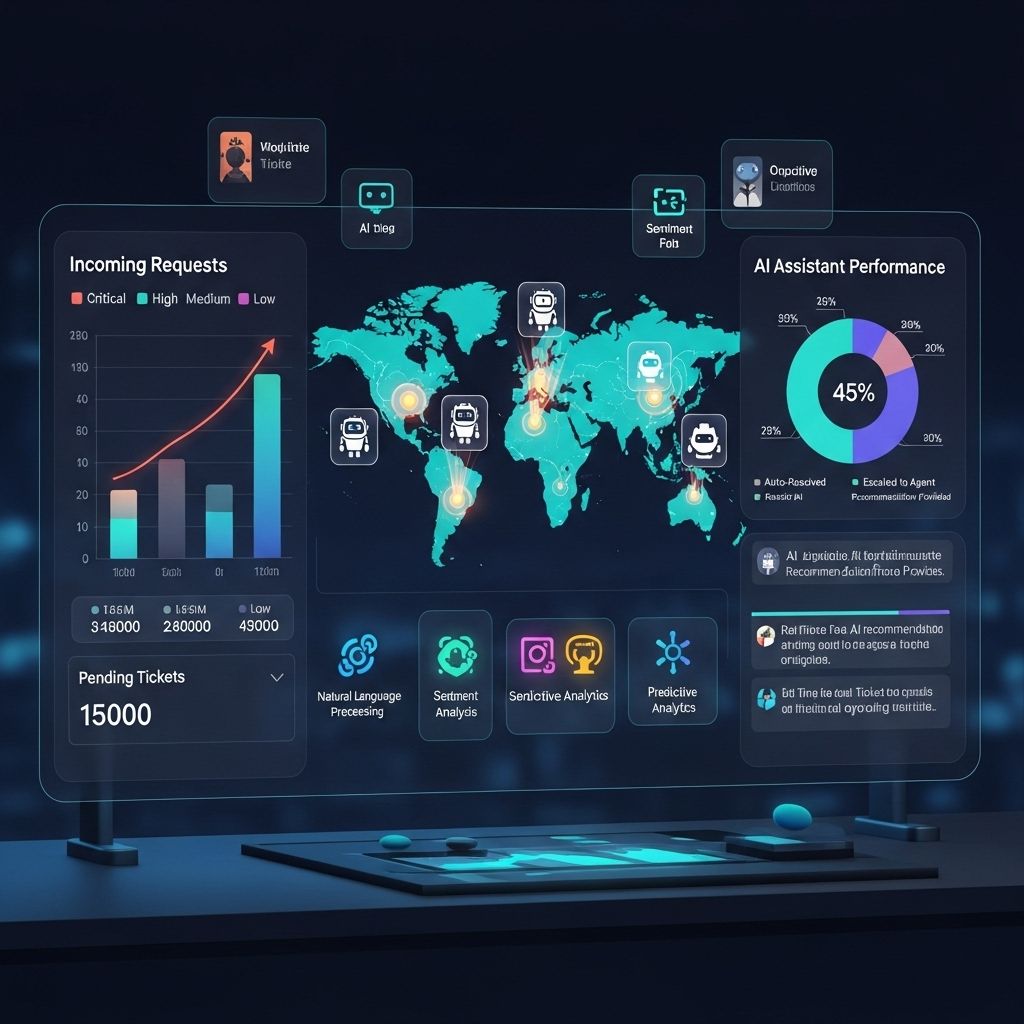Why Digital Twin Solutions Are Key for Smart Infrastructure
Explore the importance of digital twin solutions in enhancing the efficiency and sustainability of smart infrastructure systems.
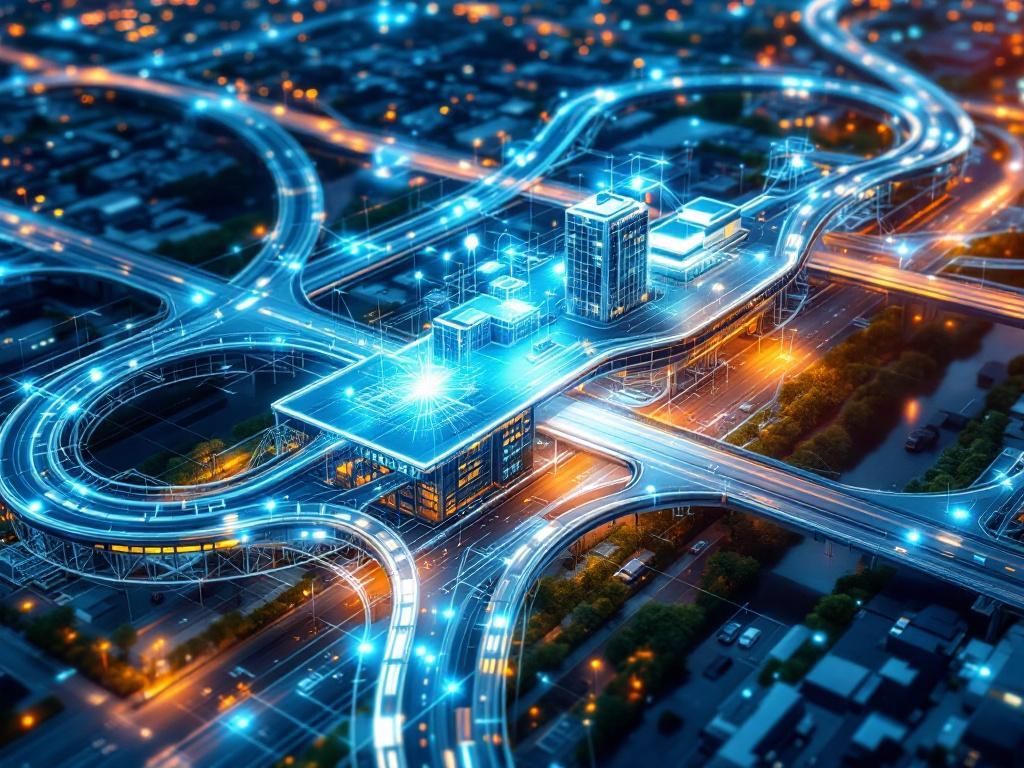
In today’s rapidly evolving technological landscape, the integration of digital twin solutions into smart infrastructure has emerged as a game-changer. As cities grow smarter, utilizing data-driven insights to optimize operations and enhance efficiency has become paramount. Digital twins—virtual replicas of physical entities—offer unprecedented opportunities to monitor, analyze, and improve various infrastructure components, making them essential for modern urban ecosystems.
Table of Contents
The Concept of Digital Twin Solutions
Digital twins are advanced simulations that integrate real-time data from physical assets with machine learning algorithms and predictive analytics. This enables stakeholders to visualize the operational state of infrastructure, anticipate issues, and make informed decisions. Here’s a deeper look into what digital twins entail:
- Real-Time Monitoring: Continuous data collection from sensors and IoT devices provides live updates.
- Predictive Maintenance: By analyzing data patterns, potential failures can be anticipated before they occur, reducing downtime and repair costs.
- Scenario Simulation: Digital twins allow for testing different scenarios and strategies without impacting real-world operations.
Benefits of Digital Twin Solutions in Smart Infrastructure
The application of digital twins in smart infrastructure systems yields numerous benefits, which can significantly enhance urban living conditions.
1. Enhanced Operational Efficiency
Digital twins facilitate continuous monitoring and optimization of infrastructure, leading to:
- Improved Resource Allocation: Data-driven insights help in strategically deploying resources where they are most needed.
- Energy Savings: Optimized operations can lead to reductions in energy consumption, contributing to sustainability goals.
2. Improved Decision-Making Processes
With the ability to simulate various scenarios, stakeholders can make more informed decisions, including:
- Budgeting for future infrastructure projects.
- Identifying potential bottlenecks in urban transit systems.
- Evaluating the environmental impact of new developments.
3. Enhanced Collaboration Across Sectors
Digital twins foster collaboration between various sectors by providing a unified platform for data exchange and analysis. Key stakeholders, such as city planners, engineers, and policymakers, can access the same dataset to:
- Align objectives and strategies.
- Share insights across departments.
- Accelerate project timelines through cooperative analysis.
Key Applications of Digital Twin Solutions
Digital twins are versatile tools with numerous applications across different domains of smart infrastructure:
Smart Transportation
Digital twins can revolutionize transportation systems by:
- Optimizing traffic flow through real-time data analytics.
- Enhancing public transportation systems by monitoring performance and passenger load.
- Simulating new route options and their potential impact on congestion.
Smart Utilities
In the utilities sector, digital twins can significantly improve:
- Water distribution systems by monitoring leaks and pressure points.
- Power grids through real-time load analysis and predictive maintenance of equipment.
- Waste management systems via efficient tracking of service routes and collection schedules.
Smart Buildings
For smart buildings, digital twins enable:
- Real-time monitoring of HVAC and energy systems to enhance efficiency.
- Space utilization analysis to optimize layouts.
- Predictive maintenance of building systems to minimize downtime.
Challenges in Implementing Digital Twin Solutions
Despite the remarkable advantages of digital twins, several challenges persist in their implementation:
Data Security and Privacy
The collection and storage of vast amounts of data can expose systems to cyber threats and privacy concerns. Security measures must be established to protect sensitive information.
Integration with Existing Systems
Many infrastructure systems are outdated and may not be easily integrated with digital twin technologies. This requires significant investment and planning.
High Initial Costs
While digital twins can save money in the long run, the initial costs associated with technology deployment, including hardware, software, and training, can be prohibitive for some organizations.
Future Trends in Digital Twin Technology
As technology progresses, the future of digital twin solutions seems promising:
Integration with AI and Machine Learning
Artificial intelligence (AI) will enhance the capabilities of digital twins by providing more accurate predictions and automated insights based on historical data.
Increased Use of Augmented Reality (AR)
AR will enable stakeholders to visualize digital twin data in real-time, enhancing the user experience and making data insights more accessible.
Expansion to New Sectors
As the technology matures, we can expect digital twins to be adopted in new sectors such as agriculture, healthcare, and even environmental monitoring, leading to improved efficiency and sustainability across various industries.
Conclusion
Digital twin solutions are becoming indispensable in the development of smart infrastructure. Their capacity to provide real-time insights, enhance operational efficiency, and facilitate informed decision-making makes them a critical component of modern urban planning and management. As cities continue to evolve and adapt to new technologies, embracing digital twin solutions will be key to creating resilient and efficient infrastructures that meet the demands of the future.
FAQ
What is a digital twin solution?
A digital twin solution is a virtual representation of a physical asset, system, or process that simulates its real-time performance and behavior.
How do digital twin solutions enhance smart infrastructure?
Digital twin solutions enhance smart infrastructure by providing real-time data analytics, predictive maintenance, and improved decision-making capabilities.
What industries benefit from digital twin technology?
Industries such as manufacturing, construction, healthcare, and transportation benefit significantly from digital twin technology by optimizing operations and reducing costs.
Can digital twin solutions improve sustainability in infrastructure?
Yes, digital twin solutions can improve sustainability by enabling better resource management, reducing waste, and optimizing energy consumption.
What role do digital twins play in urban planning?
Digital twins play a crucial role in urban planning by simulating the impact of changes in infrastructure, helping to visualize urban development and manage resources efficiently.
How do digital twin solutions contribute to risk management?
Digital twin solutions contribute to risk management by allowing organizations to simulate various scenarios, identify potential risks, and develop strategies to mitigate them effectively.

